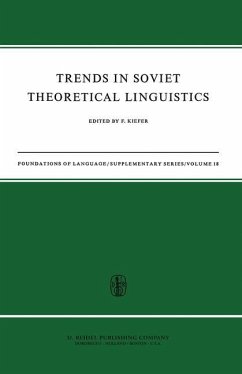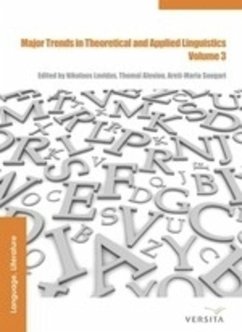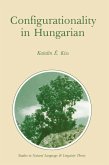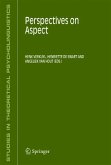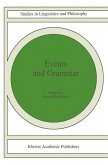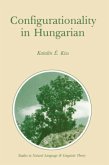o. Theoretical linguistics is a term not very often used in Soviet Linguistics. The terms 'structural linguistics', 'mathematical linguistics', 'applied lin guistics' (which, incidentally, has another meaning here than in other parts of the world) all may cover theoretical work in linguistics. In older days serious theoretical work was done under the heading 'machine translation'. Very often the need for a special term for theoretically oriented studies in linguistics does not even arise. Does this mean that there is no real theoretical linguistics in the Soviet Union? This would be, of course, a completely false conclusion. Some lin guists tend to identify theoretical linguistics with generative grammar. Though it might be true - and I am myself very much inclined to subscribe to this view - that generative grammar has been the most fruitful linguistic theory up to now, this does not justify, however, the above identification. Incidentally, as we shall see later on, generative grammar has not been left unnoticed in the Soviet Union either. There are different trends within theo retical linguistics, one of which is generative grammar. While generative grammar (though one can worry about the content of this notion for many. internal and external reasons) seems to be the mean theoretical trend in the United States and in Western Europe, it represents only one of the main trends in Soviet linguistics.

